The world's first 'cyborg' is declared dead! Goodbye Peter 2.0
In 2020, Dr. Peter Scott-Morgan became popular all over the Internet.
The hot search title is: Peter - the first cyborg. However, even with the power of technology, his life still stopped on June 15, 2022, after fighting "ALS" for five full years.
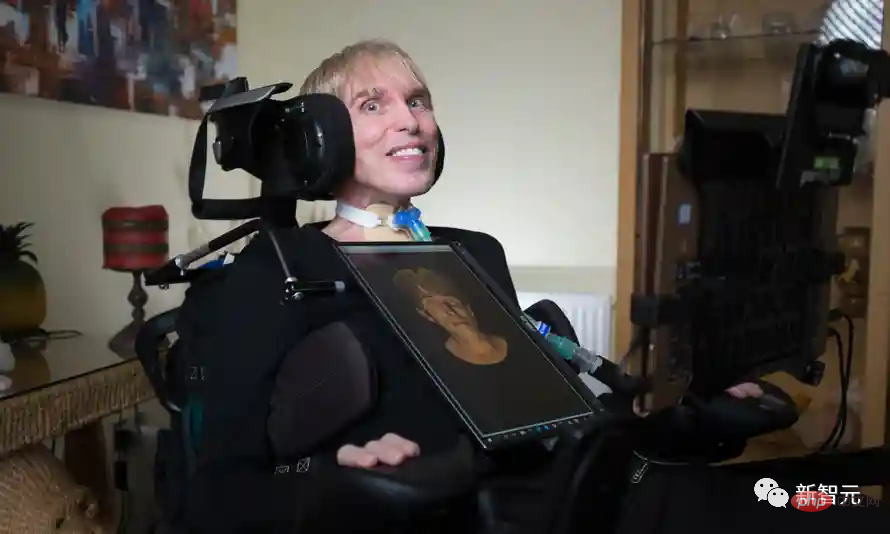
Peter's family announced the news of his death on Twitter on Tuesday.
tweeted, "Peter has always had many staunch supporters and fans. But it is with great sadness that I have to tell all my friends that Peter has just passed away. . He passed away peacefully, surrounded by his family and those closest to him. I want to say that Peter is very grateful to all of you for your continued support. He is also very proud to be able to serve the disabled. Strength."
Change destiny against the will of heaven, mechanical ascension
In 2017, Dr. Peter was sentenced by fate , the hospital informed him that he had amyotrophic lateral sclerosis (ALS), commonly known as "ALS", a disease whose cause is not yet clear and which cannot be cured. If you don’t feel anything when you hear the name of this disease, you will definitely be familiar with Hawking who is paralyzed in a wheelchair. As the motor neurons that control skeletal muscles in the central nervous system degenerate and die, patients gradually lose their muscles and then lose the ability to move their arms, legs, and body, and become unable to speak, walk, breathe, or swallow. The most terrifying thing about ALS is that the patient will maintain clear thinking, personality and intelligence, as well as memories before the onset of the disease, until he eventually dies of respiratory failure.

# However, as if he knew his destiny, this boy who grew up in Wimbledon, England, believed at the age of 16 that human beings The brain will be integrated with the electronic brain. Afterwards, he wrote in "The Robot Revolution" published in 1984: "If we follow the path of strengthening humans, it will be possible for humans and robots to remain on the same evolutionary branch... In this way, humans will will one day be able to replace their too-frail bodies with more durable mechanisms and use supercomputers as intelligence amplifiers." In addition to his obsession with using technology to extend human life, he also holds the UK's first-ever academic achievement at Imperial College London A Ph.D. in Robotics. Obviously, facing the last two years of life predicted by doctors, Peter was not afraid: "Paralysis is an engineering problem." By this time he already had a solution in mind - become a robot.
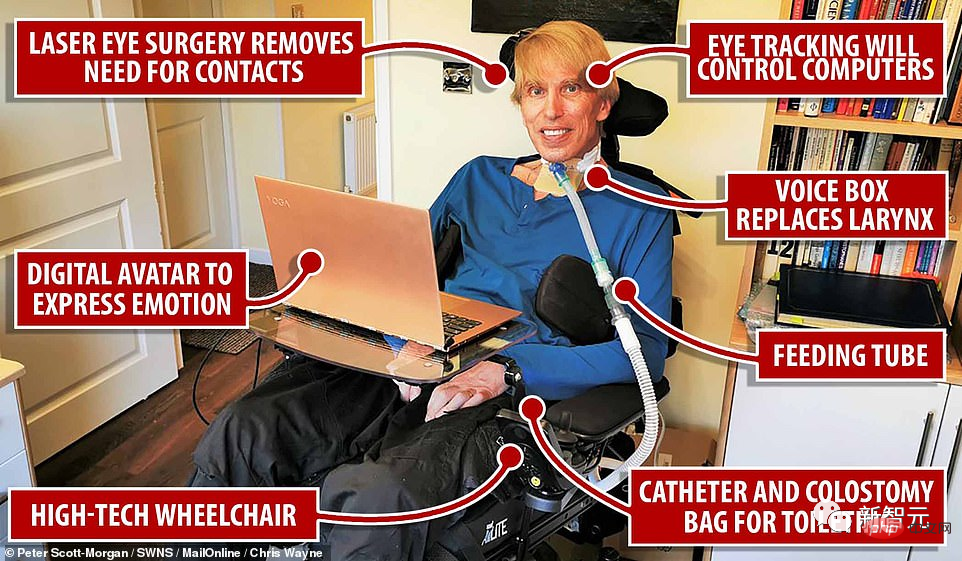
For his transformation, he first envisioned a "triple ostomy": gastrostomy, colostomy and bladder Ostomy. That means tubes were inserted directly into his stomach, colon and bladder respectively. In this way, Peter can not only consume more nutrients, but also live with more dignity. However, this plan was too radical, and to further complicate the situation, general anesthesia would prevent the patient from breathing, and the surgery itself could worsen the condition.
However, with Peter’s strong persistence, the operation was finally completed on July 10, 2018. The whole process took 3 hours and 40 days. minute.
What’s even more surprising is that Peter only spent one day in the intensive care unit before being transferred to the general surgery ward, and then sent home 15 days after surgery. Peter, who has always been optimistic, is also proud to say that the medical paper on this operation was selected as the 2019 Oxford Medical Case Report of the Year.
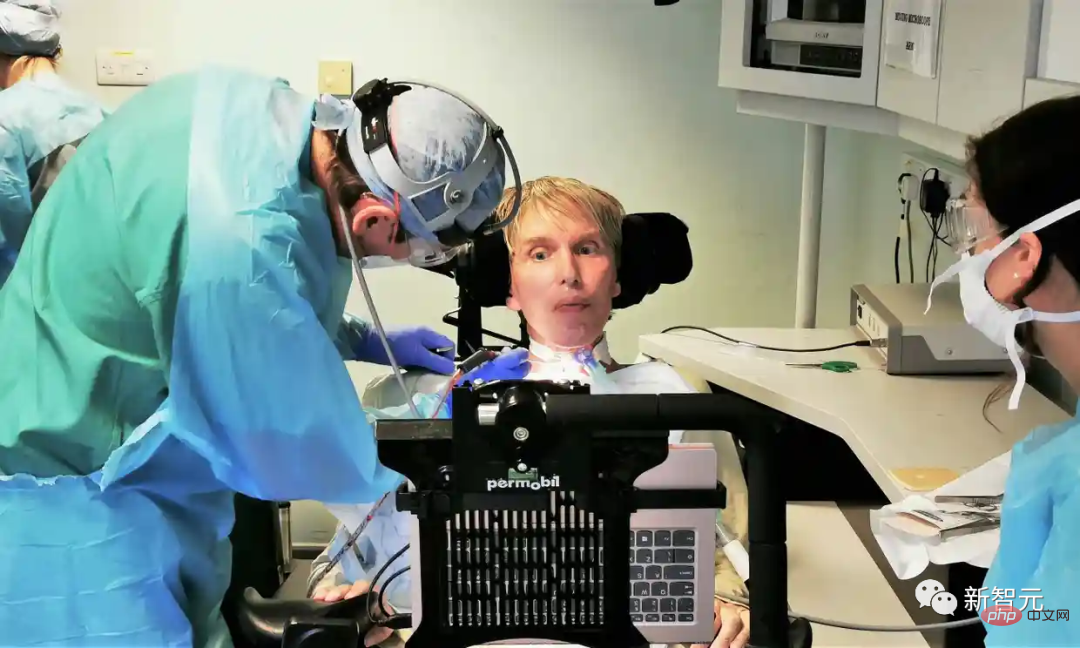
Peter 2.0
However, Peter soon encountered another big problem. Because he had no control over his throat, he was always at risk of being choked by his own saliva, resulting in lack of oxygen and suffocation. In order to live longer, Peter decided to have a total laryngectomy. This is not an easy thing to do. Not to mention, after he cuts his own throat, he will never be able to make his own voice again. Later, Peter's anesthesiologist, Wright, helped him find surgeon Dr. Philip Reece to do it. He is a local ENT surgeon in Devon.
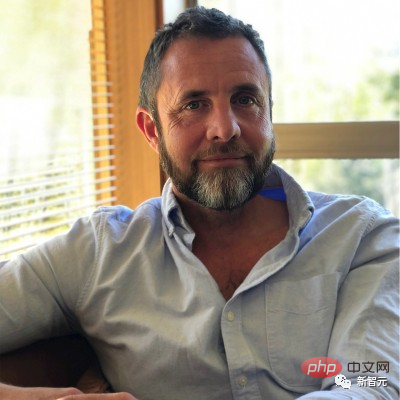
Reece agreed with Wright that Scott-Morgan should be able to live life to the fullest possible extent. Before the surgery could begin, Peter needed to solve another problem: how to create a synthetic voice that sounded like him. Because, Peter learned that for a person with ALS, losing the ability to express himself or herself is the most painful thing. He started preparing for it in 2018, while he was still able to speak. He contacted a world authority on speech technology R&D, Dr. Matthew Aylett, chief scientific officer of CereProc, a company that creates text and delivers speech solutions.
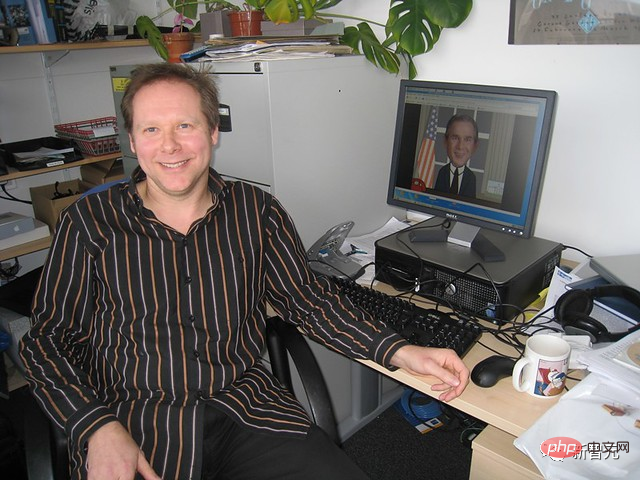
CereProc is based in Edinburgh, Scotland and they are also home to film critic Roger Ebert's reconstruction after surgery for throat cancer sound company. Peter's "Leave a Voice Plan" lasted about a year. He often spent all day long in the recording studio and recorded more than 15 hours of audio and more than 1,000 phrases. There are even differences in emotions among the recorded texts.
With this information, AI can conduct unified learning and imitation. When Dr. Aylett finally handed the finished product over to Peter, Peter had some difficulty speaking. It is precisely because Peter prepared for this event in advance that we can hear his voice again. Because, just 3 months after the finished product came out, Peter completed his total laryngectomy surgery in 2019.
Later, Peter heard a song synthesized with his own voice - Pure Imagination, and couldn't help but shed tears. After all, he will never be able to make a sound, but with the power of technology, he can still hear. After mastering his own synthetic voice, Peter has gone further and further on the road to "cyberization". He began to look for other ways to improve his image. He first scanned his face and generated a 3D virtual animated portrait. When he needs to speak publicly, he displays this image on a screen on his chest.
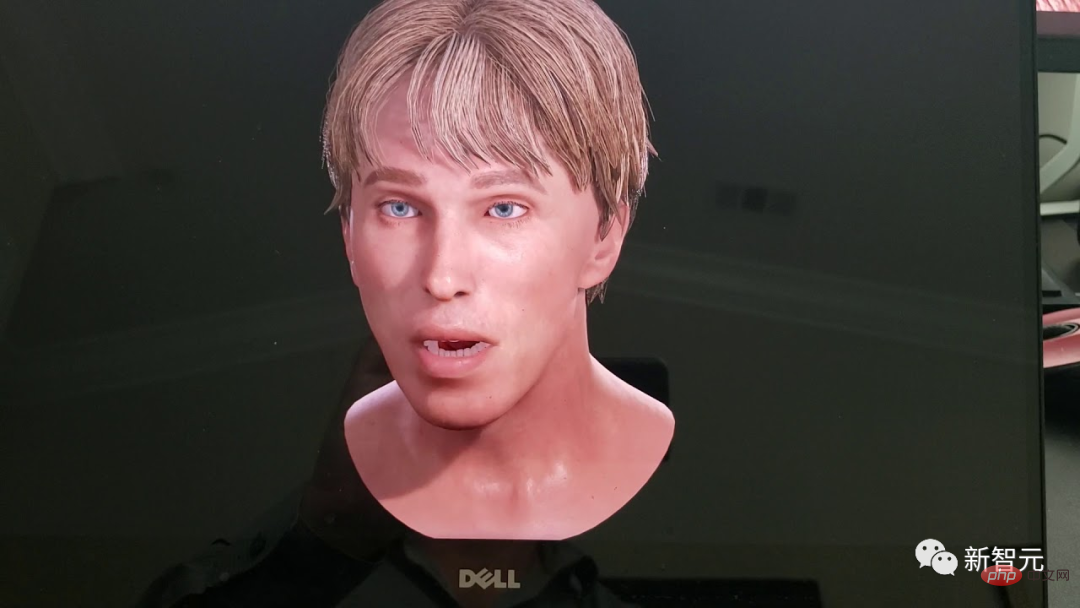
#At the same time, he also uses Open AI’s text-generated model GPT-2 and other technologies to make himself more and more “cyber”. Here we have to mention the question of how Peter should output his thoughts through text. Like Hawking, he could no longer move his fingers. At first, he tried brain-computer interface technology, but he found that the output efficiency was too low. He turned his attention to eye-tracking technology. Fortunately, Peter met Lama Nachman, director of Intel's Anticipatory Computing Lab. Nachman can be unusual, she has experience in doing this - a few years ago, she upgraded the speech synthesis system for Hawking and developed a context-assisted awareness toolkit called ACAT.
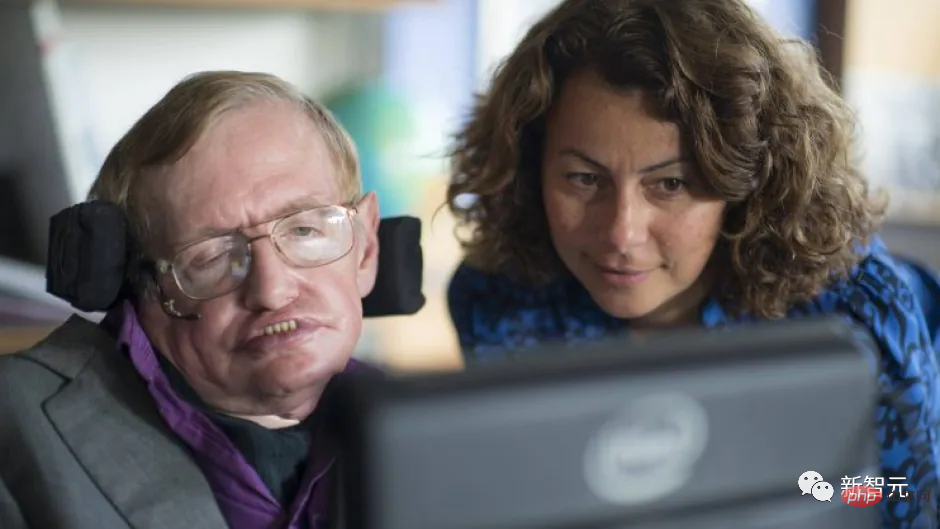
Before ACAT, Hawking could only control typing by twitching his cheek muscles, but this was extremely slow, one minute. Only one word can be typed. After using ACAT, Hawking's typing speed doubled. The principle of ACAT is also very simple. As the name suggests, AI can learn Hawking's presentation habits and predict what he will input next through context awareness. Obviously, Peter could also use this technology directly.
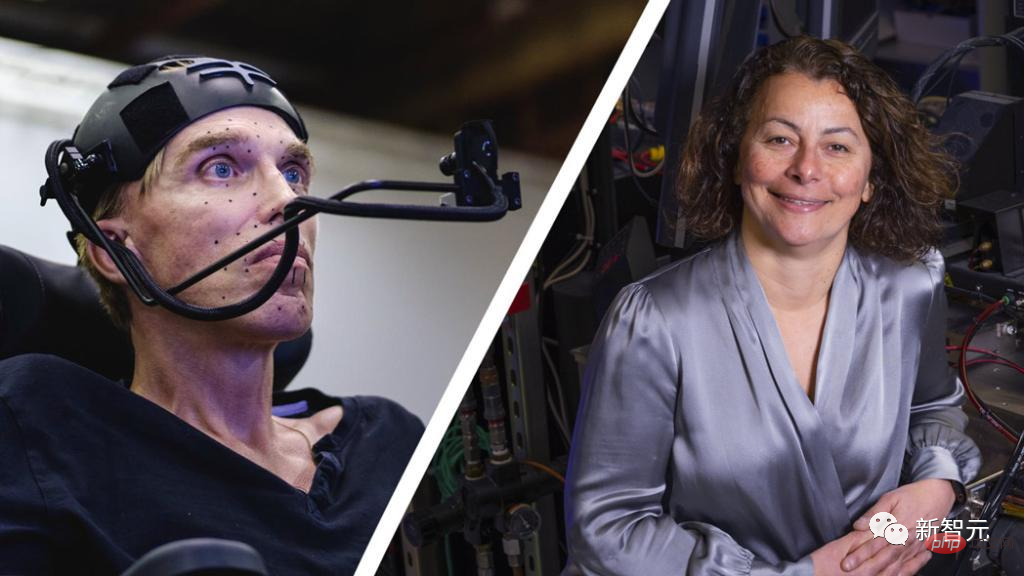
Of course, he cannot accomplish all this by himself. He collaborated with technical experts, designers, and doctors from all over the world to complete his "cyberization" journey. He has cooperated with many large companies, such as Intel, CereProx, DXC, Lenovo, etc. These companies, together with top technical talents, provide Peter with hardware, software support, system integration, and AI technology. They have all made great efforts to help disabled people overcome serious illnesses. Not long before Peter's death, he tweeted that he could not close his eyes due to the disease, which caused his eyes to be very dry and he could no longer use eye tracking technology to type and communicate.
After death
Like Hawking, Dr. Peter became a hero in the eyes of many ALS patients and their relatives. He did not compromise his fate, he stood up, used technology as a weapon, determination as a creed, and fought endlessly against death. What he did opened a door that many ALS patients cannot cross. In the foreseeable future, ALS patients will no longer directly choose to give up at the moment of judgment of fate. Instead, like Peter, they will use various means to Means, stay. The Scott Morgan Fund established by Peter will continue to shine and bring hope to patients with ALS. His book, which tells the story of his journey to becoming a cyborg, will also serve as a beacon of light to fellow ALS sufferers.
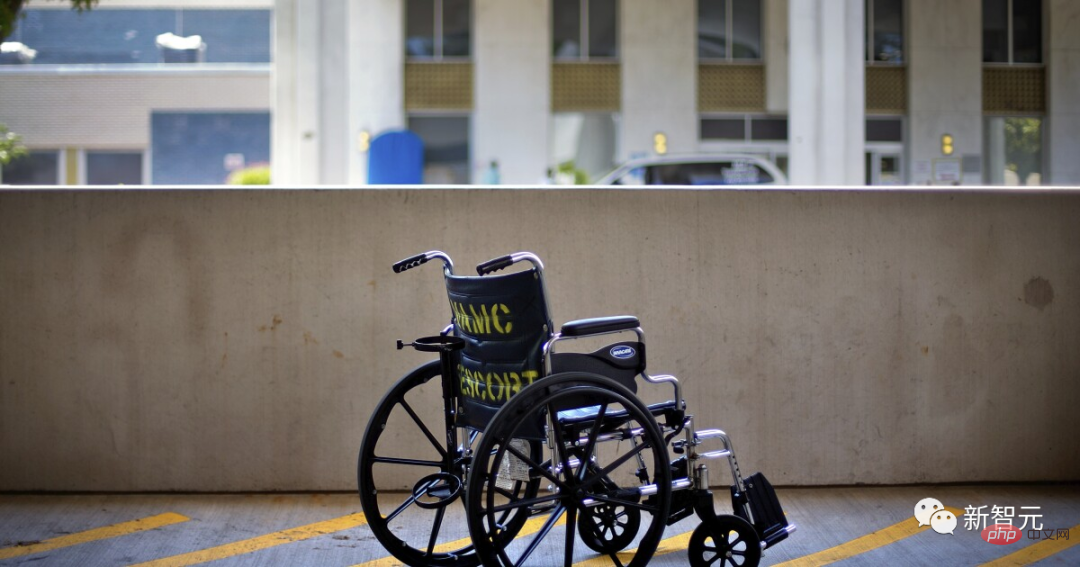
Peter Scott-Morgan made a promise and spent the last few years of his life keeping it unreservedly. "My smile will be the last thing to disappear."
The above is the detailed content of The world's first 'cyborg' is declared dead! Goodbye Peter 2.0. For more information, please follow other related articles on the PHP Chinese website!

Hot AI Tools

Undresser.AI Undress
AI-powered app for creating realistic nude photos

AI Clothes Remover
Online AI tool for removing clothes from photos.

Undress AI Tool
Undress images for free

Clothoff.io
AI clothes remover

AI Hentai Generator
Generate AI Hentai for free.

Hot Article

Hot Tools

Notepad++7.3.1
Easy-to-use and free code editor

SublimeText3 Chinese version
Chinese version, very easy to use

Zend Studio 13.0.1
Powerful PHP integrated development environment

Dreamweaver CS6
Visual web development tools

SublimeText3 Mac version
God-level code editing software (SublimeText3)

Hot Topics
 1378
1378
 52
52
 How to implement file sorting by debian readdir
Apr 13, 2025 am 09:06 AM
How to implement file sorting by debian readdir
Apr 13, 2025 am 09:06 AM
In Debian systems, the readdir function is used to read directory contents, but the order in which it returns is not predefined. To sort files in a directory, you need to read all files first, and then sort them using the qsort function. The following code demonstrates how to sort directory files using readdir and qsort in Debian system: #include#include#include#include#include//Custom comparison function, used for qsortintcompare(constvoid*a,constvoid*b){returnstrcmp(*(
 How to set the Debian Apache log level
Apr 13, 2025 am 08:33 AM
How to set the Debian Apache log level
Apr 13, 2025 am 08:33 AM
This article describes how to adjust the logging level of the ApacheWeb server in the Debian system. By modifying the configuration file, you can control the verbose level of log information recorded by Apache. Method 1: Modify the main configuration file to locate the configuration file: The configuration file of Apache2.x is usually located in the /etc/apache2/ directory. The file name may be apache2.conf or httpd.conf, depending on your installation method. Edit configuration file: Open configuration file with root permissions using a text editor (such as nano): sudonano/etc/apache2/apache2.conf
 How to optimize the performance of debian readdir
Apr 13, 2025 am 08:48 AM
How to optimize the performance of debian readdir
Apr 13, 2025 am 08:48 AM
In Debian systems, readdir system calls are used to read directory contents. If its performance is not good, try the following optimization strategy: Simplify the number of directory files: Split large directories into multiple small directories as much as possible, reducing the number of items processed per readdir call. Enable directory content caching: build a cache mechanism, update the cache regularly or when directory content changes, and reduce frequent calls to readdir. Memory caches (such as Memcached or Redis) or local caches (such as files or databases) can be considered. Adopt efficient data structure: If you implement directory traversal by yourself, select more efficient data structures (such as hash tables instead of linear search) to store and access directory information
 Debian mail server firewall configuration tips
Apr 13, 2025 am 11:42 AM
Debian mail server firewall configuration tips
Apr 13, 2025 am 11:42 AM
Configuring a Debian mail server's firewall is an important step in ensuring server security. The following are several commonly used firewall configuration methods, including the use of iptables and firewalld. Use iptables to configure firewall to install iptables (if not already installed): sudoapt-getupdatesudoapt-getinstalliptablesView current iptables rules: sudoiptables-L configuration
 Debian mail server SSL certificate installation method
Apr 13, 2025 am 11:39 AM
Debian mail server SSL certificate installation method
Apr 13, 2025 am 11:39 AM
The steps to install an SSL certificate on the Debian mail server are as follows: 1. Install the OpenSSL toolkit First, make sure that the OpenSSL toolkit is already installed on your system. If not installed, you can use the following command to install: sudoapt-getupdatesudoapt-getinstallopenssl2. Generate private key and certificate request Next, use OpenSSL to generate a 2048-bit RSA private key and a certificate request (CSR): openss
 How debian readdir integrates with other tools
Apr 13, 2025 am 09:42 AM
How debian readdir integrates with other tools
Apr 13, 2025 am 09:42 AM
The readdir function in the Debian system is a system call used to read directory contents and is often used in C programming. This article will explain how to integrate readdir with other tools to enhance its functionality. Method 1: Combining C language program and pipeline First, write a C program to call the readdir function and output the result: #include#include#include#includeintmain(intargc,char*argv[]){DIR*dir;structdirent*entry;if(argc!=2){
 How Debian OpenSSL prevents man-in-the-middle attacks
Apr 13, 2025 am 10:30 AM
How Debian OpenSSL prevents man-in-the-middle attacks
Apr 13, 2025 am 10:30 AM
In Debian systems, OpenSSL is an important library for encryption, decryption and certificate management. To prevent a man-in-the-middle attack (MITM), the following measures can be taken: Use HTTPS: Ensure that all network requests use the HTTPS protocol instead of HTTP. HTTPS uses TLS (Transport Layer Security Protocol) to encrypt communication data to ensure that the data is not stolen or tampered during transmission. Verify server certificate: Manually verify the server certificate on the client to ensure it is trustworthy. The server can be manually verified through the delegate method of URLSession
 How to learn Debian syslog
Apr 13, 2025 am 11:51 AM
How to learn Debian syslog
Apr 13, 2025 am 11:51 AM
This guide will guide you to learn how to use Syslog in Debian systems. Syslog is a key service in Linux systems for logging system and application log messages. It helps administrators monitor and analyze system activity to quickly identify and resolve problems. 1. Basic knowledge of Syslog The core functions of Syslog include: centrally collecting and managing log messages; supporting multiple log output formats and target locations (such as files or networks); providing real-time log viewing and filtering functions. 2. Install and configure Syslog (using Rsyslog) The Debian system uses Rsyslog by default. You can install it with the following command: sudoaptupdatesud




